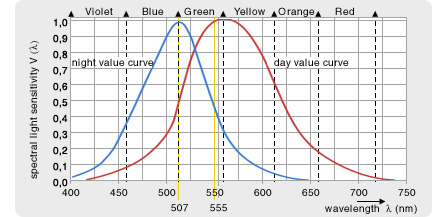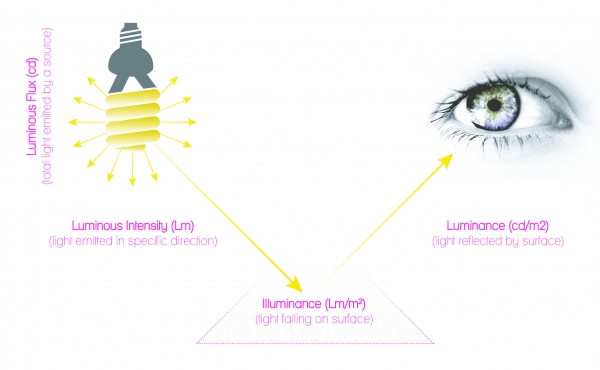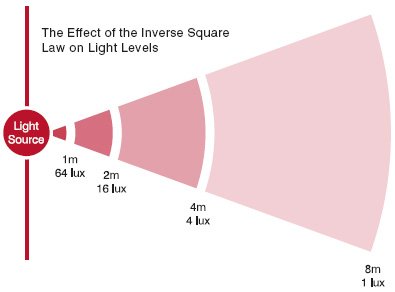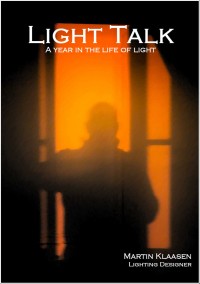Basics, people!
Perth, 19th September 2013
As I grow wiser (one would hope) I just realise how much people depend on computers to tell them what is right. Even in my own office we have computers to calculate lighting levels. But does today’s generation still know the basics of lighting? Time and again I find people in the industry, nota bene, who do not know the difference between a lux and a lumen or between colour temperature and colour rendering. Pretty basic right? Well that is the computer age for you, total reliance on what the computer tells you. When you have to select a light fitting to perform a certain lighting effect or performance you do not necessarily need to carry out complex computer calculations, a simple “manual” check should do it. With the inverse square law or the lumen method (do people still know they exist?) you can quickly figure out whether you are in the ball park performance. Really it’s not rocket science.
Likewise reading photo metric data is also becoming a lost art I feel at times. I may be getting a grumpy old man and to be honest I don’t know how long it took me to get a grasp of all these basics but everyone who is involved in lighting design should have a basic set of skills to allow him or her to assess whether a lighting system will do the job or not. I am not talking about figuring out to the decimal, just a ball park assessment whether you are in the “range”. And I say again we design for people, not for lux meters, so even if your lighting calculations show you are achieving enough brightness you still have to figure in the PEOPLE that will use the space and if the visual tasks they are (expected) to perform will be easily and comfortably achieved! Basics, people!
Light & Learn 4-159: Enough with my rant, but here are just for good order some basics for reference. Here are : spectrum and how light compares to other wavelengths, spectral light sensitivity of the eye (day/photopic-night/scotopic vision), basic units, inverse square law and reflection.







 The long awaited book compilation of Martin's first year of blogging is available. Order now.
The long awaited book compilation of Martin's first year of blogging is available. Order now. Feedspot Top 100 Lighting Blogs
Feedspot Top 100 Lighting Blogs